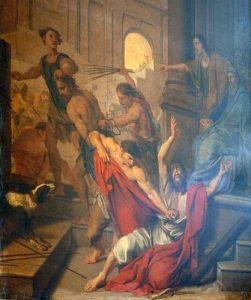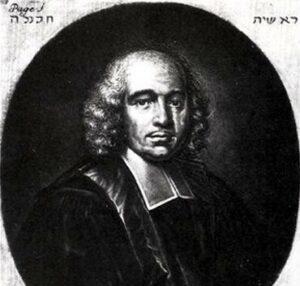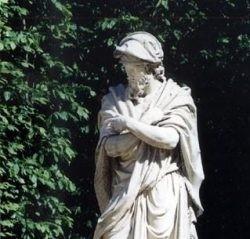Louis Testelin was a Protestant artist
Louis Testelin was born in 1615 into a Protestant family. His father, Gilles, an artist in the employment of King Louis XIII, taught him the rudiments of his profession. Then he was Simon Vouet’s pupil and in Vouet’s studio he became friendly with Charles Le Brun. His father Gilles was registered as a Catholic in 1602 – we do not know how he became converted to Protestantism – it may have been when he got married. Louis joined the Reformed Church – indeed, his first biographer, Guillet de Saint Georges, insisted on this fact. “He had the misfortune of always having lived under the Calvinist religion. However, he did not have the extremist opinions normally associated with people contaminated by these mistaken ideas and he did not get carried away in heated, provocative arguments” (This astonishing statement can be better understood if one realises that it was written in 1692).
His paintings were bought by the rich and the famous
The fact that he was deeply committed to the Reformed Church did not affect his career as an artist in any way – he undertook work for Anne of Austria and many religious institutions in Paris. He did many paintings, of several different types – unfortunately few still survive, apart from the two altarpieces for Notre Dame in 1652 (St. Peter bringing the widow Tabitha back to life, The Flogging of Saint Paul and Silas) and in 1655.
The Academy
In 1648, Louis Testelin, with his friend Charles Le Brun, took an active part in founding the Royal Academy of Painting and Sculpture. The following year they appointed him secretary, and in 1650 he became a teacher – he was admired by his pupils for his hard work and enthusiasm. Sadly, all this came to an end in 1655, when he died at the age of forty. He was buried in the churchyard of Saints-Pères, with other members of his faith. His wife renounced her faith in December 1685.






